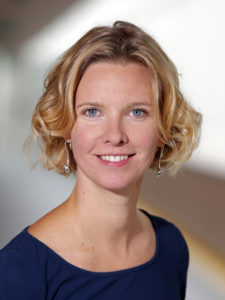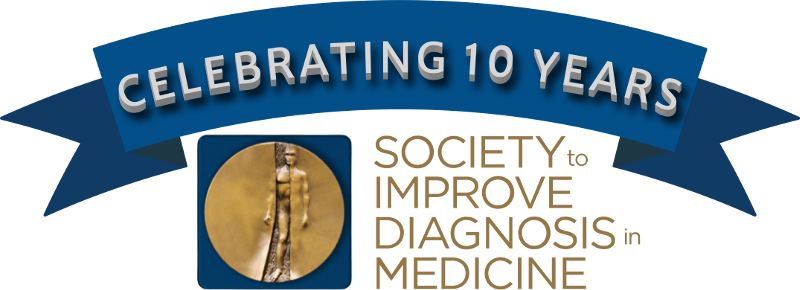Interview with Laura Zwaan, PhD
Assistant Professor, Institute of Medical Education Research Rotterdam
Celebrating 10 Years of SIDM
Interview by Susan Carr | Senior Writer, ImproveDx

Laura Zwaan, PhD
Q: How has being involved with SIDM influenced your practice or work?
A: My first SIDM conference was in Hollywood, California, in 2009, before the society was officially founded. Only a few people were studying diagnostic errors at that time, so it was wonderful to meet all the people whose work I had read. Everyone there was incredibly kind, and I felt very welcome. I think Mark Graber set a great example in that regard. His kindness and enthusiasm for helping new people in the field is inspiring and is the foundation of the wonderful society we have now.
Having a network of experts on diagnostic error with backgrounds in different disciplines has helped me understand the issue. Their mentoring has helped me find my way as a researcher in the field. SIDM also trusted me with leadership positions, such as research committee chair and chair of the European conference, which have been great opportunities for my personal development.
Q: As you think about SIDM’s 10-year history, is there a particular success or challenge you’d like to highlight?
A: SIDM has achieved so much in 10 years—the well-attended, highly valuable conferences, the consistently growing community, the different SIDM committees and projects. For me, the National Academy of Medicine report, Improving Diagnosis in Healthcare, is a highlight. This really established diagnostic error as a patient safety priority.
As a researcher from Europe, another highlight for me was the start of international conferences in Australia, as well as Europe. This helped generate attention worldwide and engaged people from many different countries in diagnostic error research.
Q: Where would you like to see the SIDM community focus its influence and resources in the next five years?
A: I think it is crucial for SIDM to grow as an international community. A more international orientation will help to reduce diagnostic errors worldwide. By broadening the SIDM community, more research will be done, more interventions will be developed and tested, and more patients will benefit. Important steps would be to again include more speakers in the conference program from outside the United States and invite more international participation in SIDM committees and collaborative grants. By investing in international collaborations, the SIDM community will generate even more impact.

